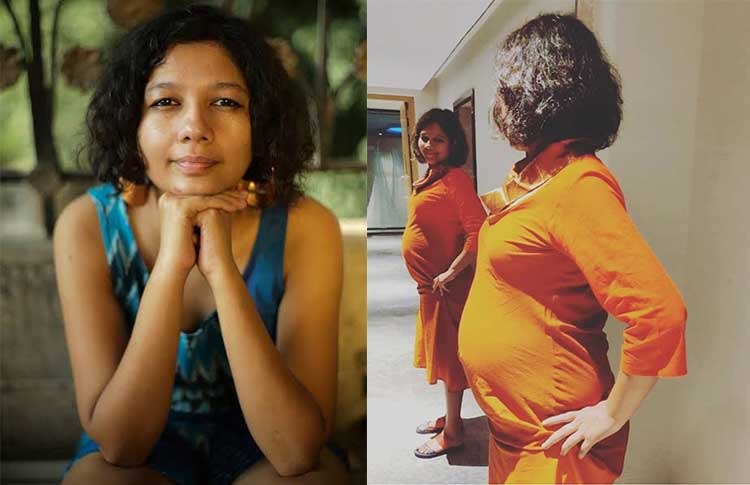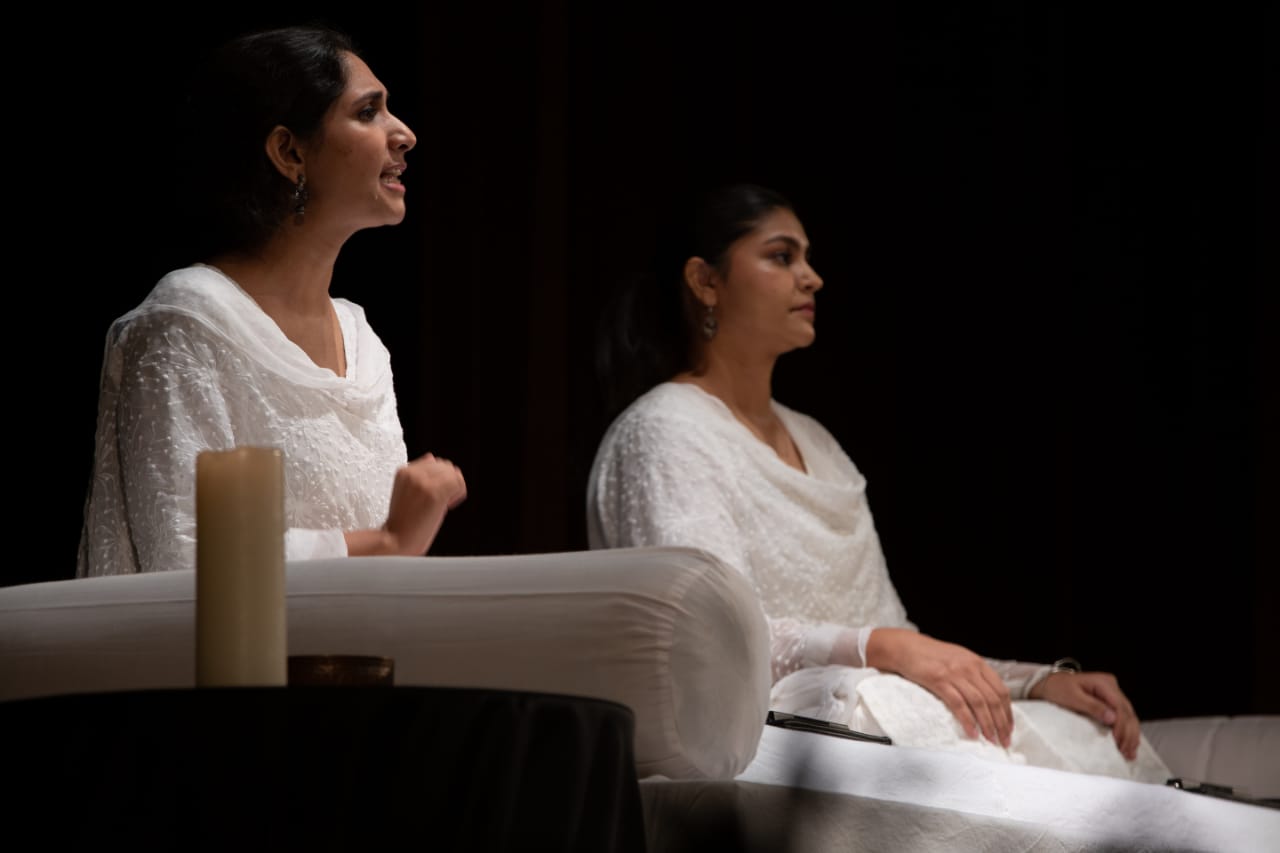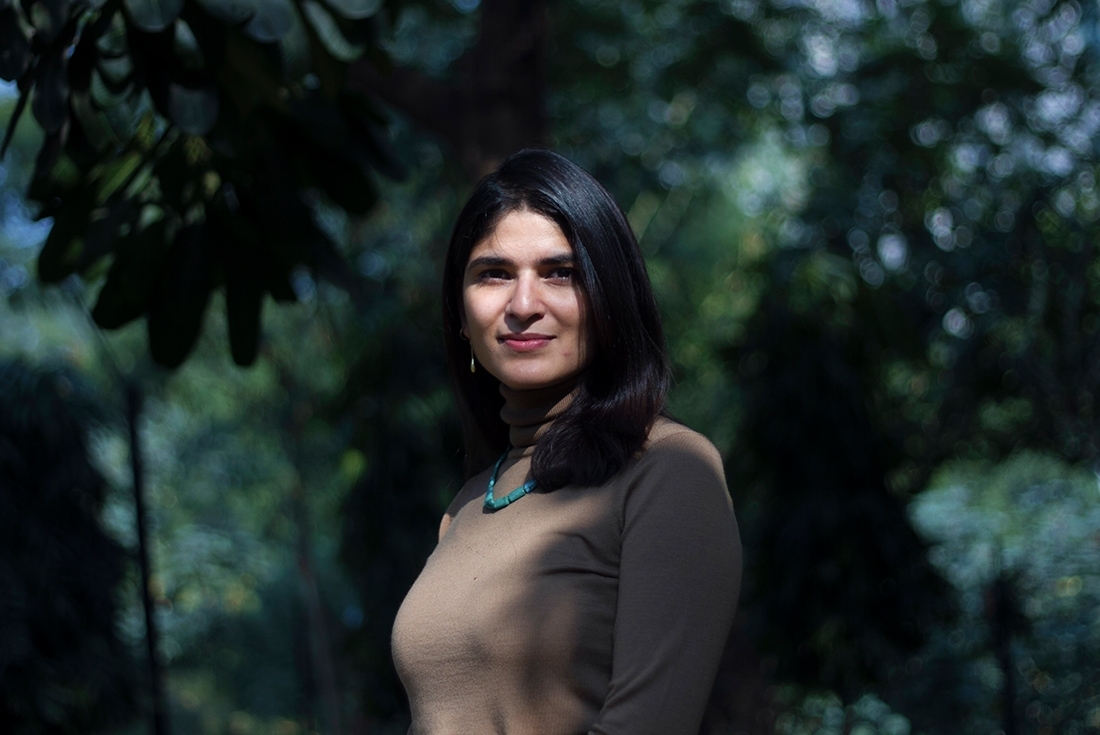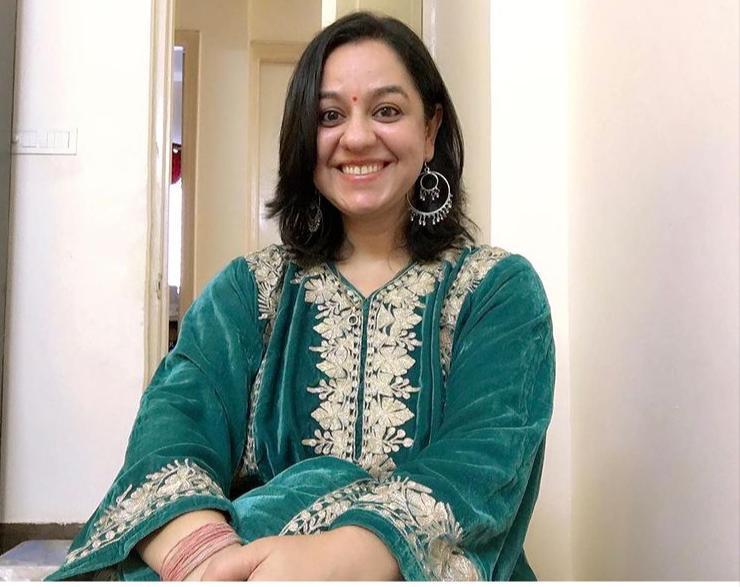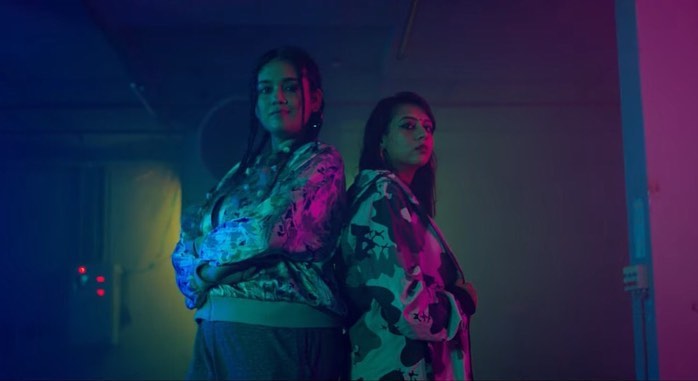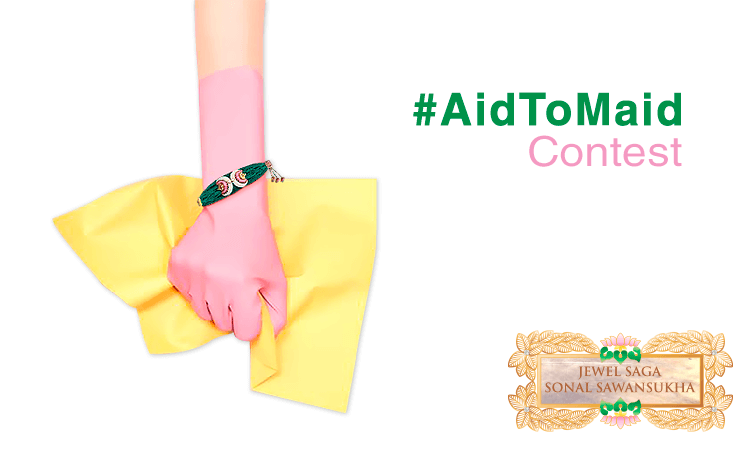Sayali Goyal Of Cocoa And Jasmine Is Seeking The Art And Poetry In Travelling
- IWB Post
- July 16, 2019

As she travels her way through the cultural dimensions of India, Sayali Goyal is exploring the union of design and travel, seeking the art and poetry in it. “Travelling for me should have a visual or a design story to it,” she says.
New avenues and opportunities opened up for Sayali when she made a switch to the travel industry some four years ago after pursuing an illustrious career in fashion and design. Ever since she returned to India after finishing her course in Fashion and Textile from University of Arts in 2011, she started writing about the country.
However, it was after her tryst with traveling that she decided to marry it with design and see what comes out of it. The result? Her moment of epiphany, a fond goodbye to her job, and Cocoa and Jasmine, “a Cultural Zine finding Art and Poetry in Travel.”
She says, “I wanted people to explore the creative side of travel. We don’t cover the cliched stuff like how to travel or where to stay. Cocoa and Jasmine is more about personal writing. We ask our writers and contributors to transcend what they feel during the travel into the articles, to bring out the creative side of travel and the poetry in it. After all, poetry is not just a form of literature, right? If you have an eye for it, poetry can be found anywhere and everywhere.”
Sharing how it all began, Sayali says, “I took a road trip across three states right after I quit my job which took me to places like Coonoor, Coimbatore, Ooty, Madurai etc. and ended up in Bangalore. By the end of it, I was feeling really inspired. It made me realise that I actually wanted to lead a lifestyle like that.”
The magazine’s name was a takeaway from the same road trip. The Cocoa and Jasmine fields of South India had invaded her senses in a way that stayed. For her, they became almost synonymous with the euphoria that traveling generated. “It was a very personal journey for me. I wanted a name that did justice to its authenticity and could stand out. Cocoa and Jasmine sounded poetic and just right,” she recollects.
It was only last year that Cocoa and Jasmine came into existence. Since then, the way it has branched is every bit admirable. Within a year, it has developed into a digital zine, creative studio, travel experience company, and an art shop.
However, the sporadic growth isn’t really an overnight success. Years of homework has gone into what looks like the journey of just a year. “I am a self-taught travel journalist and a lot of hit and trial has gone into what Cocoa and Jasmine is today,” says Sayali.
She adds, “I had to continuously ponder if it aligned with what I aspired to do. Before starting the zine, I wrote for other magazines, then started my own blog which eventually culminated into Cocoa and Jasmine. It is like a consolidation of 6-7 years of my journey in the design industry.”
Given the amount of thought and passion she has put into Cocoa and Jasmine, Sayali is naturally very conscious of what goes into it. The zine’s Women series is a monthly edit to explore creative entrepreneurship amongst women globally. Through the series, they follow the creative journeys of these women.
She shares, “All these interviewees are people from design. I have personally followed their journeys and have always been intrigued to find out what has led them to it. They are all pursuing an interesting and creative business which is simultaneously making money. Through this monthly series, I want to make people more aware of their creativity and how design is a mainstream career and not something that they are doing on the sidelines as a mere hobby.”
When it comes to Sayali’s aesthetical infinity, it largely extends to material culture, with textiles being of major concern to her. Thus she has been collecting souvenirs from all the places that she visits so as to keep a tangible part of the design heritage and her travel memories from that place. “I have a keen interest in textiles from the 70s and 80s. They are like the living, surviving testimonies of an era. Also, I have over 100 pots and kettles from the different places that I have traveled to.”
She adds, “Archiving it all is my personal way of finding an insight into what inspires these people to design which I feel is essentially travel.”
Textiles form an essential part of her love for design and culture. Off late, with so many designers turning their gaze to the Handloom industry, Sayali feels that since the last couple of years things have started changing for the Handloom industry, which has grappled with a long period of oblivion.
She says, “A lot of designers are already talking about it and seeking information from the roots. It is the point when we make it a big trend. I think influencers should talk about it.”
As for Sayali herself, she makes it a point not to shop from any high- fashion brands. “We should know the correct way to go about it. Give the artisans their due. People are exploiting the situation by making brands out of it, which propagates the misconception that Handloom is expensive. “
She adds, “Handloom isn’t necessarily expensive. It’s just that people don’t know where to go. If you go to a high-end boutique to purchase a handloom piece then, of course, it is going to be expensive. Honestly, if you really care about handloom them you will find where these artisans are. In India, we can easily get our clothes tailored. You can buy handloom fabrics and get them designed as per your liking. When you make a conscious decision to do something then you will find a way to pursue it. It is like veganism. Vegans don’t crib about all food being non-vegetarian, they find vegan food options instead.”
Sayali’s quest for culture and design is as temporal as it is material. An undercurrent of time and memories is what runs through the pursuit. She explains, “I relate a certain pattern or design to a certain time. For instance, I associate a strong memory pertaining to a specific colour palette when it comes to Punjab, my father’s place of birth. Memory thus places a crucial role in my endeavor. Connecting it to design brings out the poetic side of the latter, its emotional essence and the more human aspect of it. The very essence of the magazine lies in how culture interacts with human emotions.”
I ask, “So, if you go to the crux of it, it is basically all art, right from the curation to the presentation. Right?” Sayali replies, “I am glad you are able to see it like that. I want everyone to see the art and poem that runs through the magazine.”
According to Sayali, every place that we visit leaves a lasting imprint on us, altering us and adding to us in the process. London is one of those places which have left a lasting impact on her. She shares, “I was just 17 when London happened. I had never been to a gallery or a museum before that. The place in a way honed my perspective on art and opened up the world to me.”
She adds, “I was living in a hostel with people from 18 different nationalities. It provided me with an understanding of different cultures. It actually in a way ignited the idea of an independent publication. I wouldn’t have done it had it not been for London.”
Kunoor in India is yet another place that has deeply influenced Sayali. The countryside, nature, the vintage elements, everything about the place hit her on an ethereal level. It is such small towns in India, that according to her, are a boiling pot of culture and design and yet remain largely neglected. She says, “It is such small places with communities of authentic people that catch my heart.”
Sayali feels that we are really close-minded when it comes to our understanding of our own culture and its diversity. She explains, “When I visited South India, it didn’t feel like I was in my own country. That is when I was hit by our close-mindedness to culture. It acted as an eye-opener. It made me feel that I needed to have this dialogue.”
She adds, “India is like a gold mine of culture but Indians continuously fail to realise how diverse it is. This is probably why I have a hard time explaining the relevance of my work. If you go abroad you will see how passionately people talk about their cultures, which is a rare sight here in India. However, I am happy that has started changing lately.”
Sayali looks at her job as one of a curator as she goes on explaining the idea of curation in India. For her, It is not a mere job role, it is a responsibility. She explains, “A lot of people here don’t understand the entire idea of curation. A curator is not just someone who puts together pretty things. It means putting it all together with a certain consciousness, sense, and value, thus approaching the process from an intellectual, spiritual and personal level.
Keeping all this deliberation and ideology in perspective, finally, the Himalayan issue is coming out next week. Sayali shares, “It is basically like a 100-page magazine of photographs. It is like a coffee table book marries a magazine. We have covered community of people from art, design, and architecture. So, basically, we have covered that poetic aspect of travel.”
It was during the curation of this issue that Sayali met the last potter in Ladakh who told her the story of his art and ancestors who made their way from Nepal to Ladakh 500 years ago. While the story left her stimulated it also left her wary with the haunting realization that if he doesn’t teach his art to someone then it is going to die with him.
Picture Courtesy: Sayali Goyal
- 0
- 0





